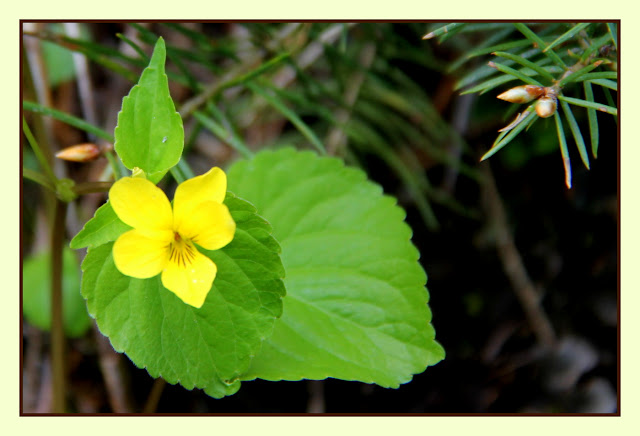Fifty years ago, on Sept. 1, 1967, during the night, a forest fire jumped its fire line and raced up and down mountains in the Selkirk Range, eventually burning off more than 55,000 acres. This fire was among many that blackened forests around North Idaho during that hot, dry summer.
The blaze, known as the Sundance Burn, killed two men, a dozer operator and fire boss who could not escape its path.
Had he not found a place to shield himself from the flames under a rock ledge beneath Roman Nose Lookout, 1967 SHS graduate Randy Langston may have died too. He was later rescued by helicopter.
The fire swept through the area we all know as Upper Pack River, leaving a barren landscape up one hillside and down the other. Fifty years later, this same fire swath is alive with abundant foliage and trees.
Somewhere among those trees, possibly a few that I planted in my one and only day as a tree planter for the U.S. Forest Service a year or so after the fire.
I don't remember exactly where we planted that day, but I do distinctly remember the next morning when I showed up for work, and our boss Herb Johnson very diplomatically informed me that I would be doing something else as a Forest Service employee---not planting trees.
You see, as with many endeavors I've attempted during my lifetime, which involved skills, coordination and athletic ability, I failed miserably as a tree planter.
Possibly a few of those seedlings that I planted that day survived in spite of my inability to race up a hillside with a hoedag, slice open a hole in the ground, stuff a seedling in the hole, tamp it down and move on upward.
Just like with shorthand and sewing, I was slow and deliberate while trying to do each move correctly, always with the maxim firmly fixed in my mind that "haste makes waste."
Well, in dramatic contrast, Herb and the rest of the crew kinda leaned a little more on the haste side----leaving me far behind on that open hillside within minutes of when we started planting.
I don't think I saw anyone on the crew until the end of the work day as I trudged and pushed my out-of-shape, overweight body onward and upward, trying feebly to catch up.
When everyone else planted 700-800 trees that day, I managed 125----but I'm still guessing this many years later that they were well-planted.
Guess I'll never really know, but I will happily take credit for my minimal role in helping revive a tiny portion of that huge wasteland, left by the Sundance blaze.
Well, 50 years later, a commemoration is in the planning, and my husband Bill is actively serving on the organization committee.
Bill says the actual day, marking 50 years from the burn will involve family members of the fallen and a few officials who will leave a plaque at the remote site where historians believe the two men died while huddled under a dozer.
The next day, Sept. 2, another more public ceremony will mark the event in an area much more accessible to those wishing to participate and to remember the event that clearly stands out in the minds of most folks who lived here during that time, especially those who may have participated in some way to help with the aftermath of the huge blaze.
With Bill's enthusiastic involvement, I'm privy to some of the planning and do get to participate on days like yesterday when he wanted to drive to Upper Pack to scope out some aspects of the logistics involved in this September's commemorative activities.
And, with that opportunity came the realization that spring is definitely coming to the mountains. Roadsides are dotted with thousands of various-colored trilia and gorgeous yellow violets.
The Pack River and its tributaries are running full steam ahead. Still, 50 years later, vestiges of the Sundance burn appear as historical reminders in the form of blackened stumps and snags amidst all that growth of the past five decades.
It's a pretty area up there these days, but I, like many of my contemporaries, can remember the stark and awful blackened and barren scenes that took years of regrowth and revival afterward.
So, the sign at the bottom serves as a reminder that if we think it's a beautiful place to visit, we need to be careful.
Ironically, Sundance and the other major burns of North Idaho occurred after a long, wet and cold spring.
Let's hope we can preserve the beauty Bill and I saw yesterday and that we can avoid similar devastation this summer and at all future times by simply heeding the reminders that greet us when we visit and recreate in our beautiful forests.
Happy Tuesday. Enjoy the photos.
















No comments:
Post a Comment